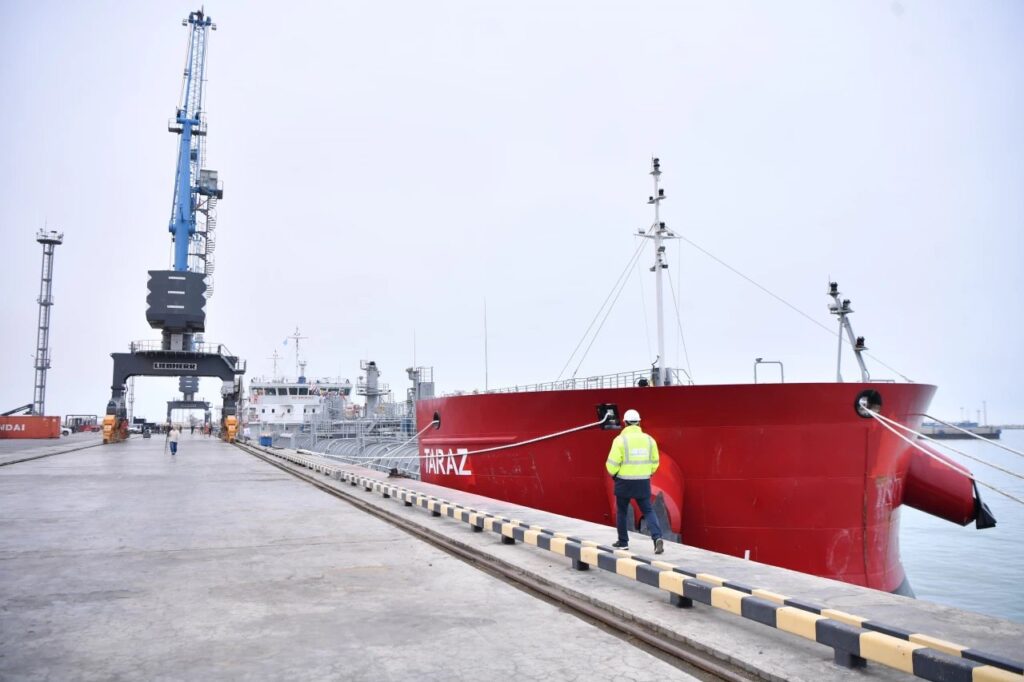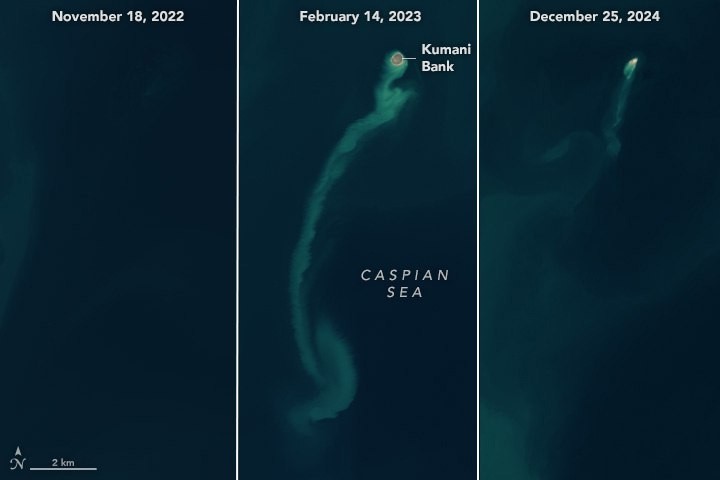High Methane Emissions May Hinder Turkmenistan’s Gas Exports to Europe
High methane emissions could pose a significant obstacle to Turkmenistan’s entry into the European gas market, according to an updated report by the U.S. Department of Energy, published on February 6. The main findings of the study were summarized by Eurasia Review on February 19. The report, which examines oil and gas production in the Caspian region, notes that four countries, Azerbaijan, Kazakhstan, Turkmenistan, and Uzbekistan, account for 3% of global energy production. Turkmenistan’s Gas Reserves and Export Ambitions According to the report, Turkmenistan ranks fifth worldwide in natural gas reserves, estimated at 400 trillion cubic feet in 2025. In 2023, the country set a record by producing 3.0 trillion cubic feet of dry natural gas, the highest level since official statistics began in 1992. Currently, Turkmenistan’s primary gas exports are directed to China, but Ashgabat is seeking to expand its market reach, including potential supply routes through Afghanistan. However, the U.S. Department of Energy warns that excessive methane emissions from Turkmenistan’s fields could complicate access to the European market via the Trans-Caspian pipeline. In terms of oil reserves, Turkmenistan holds a relatively modest 600 million barrels, with an average daily production of 275,000 barrels in 2024. Diversification Efforts and New Export Deals Meanwhile, Turkmenistan is taking steps to diversify its export destinations. Gas supplies to Turkey are set to begin on March 1. During a phone call on February 10, Chairman of the Halk Maslahaty Gurbanguly Berdimuhamedov informed Iranian President Masoud Pezeshkian that an agreement had been reached to transit gas through Iran under a swap supply arrangement with Turkish energy company BOTAŞ. Efforts to Reduce Methane Emissions Turkmenistan has also been actively engaging in international initiatives to curb methane emissions. On December 1, 2023, the country joined the Global Methane Pledge (GMP), an initiative aimed at reducing greenhouse gas emissions. In November 2024, Bloomberg reported that the state-owned Turkmengaz plans to hire specialists to measure methane emissions more accurately and is preparing a tender for emission monitoring. That same month, the U.S. Environmental Defense Fund (EDF) released satellite data showing that methane leakage from oil and gas fields in Turkmenistan, the U.S., and Venezuela is significantly higher than official ground-based measurements suggest.






